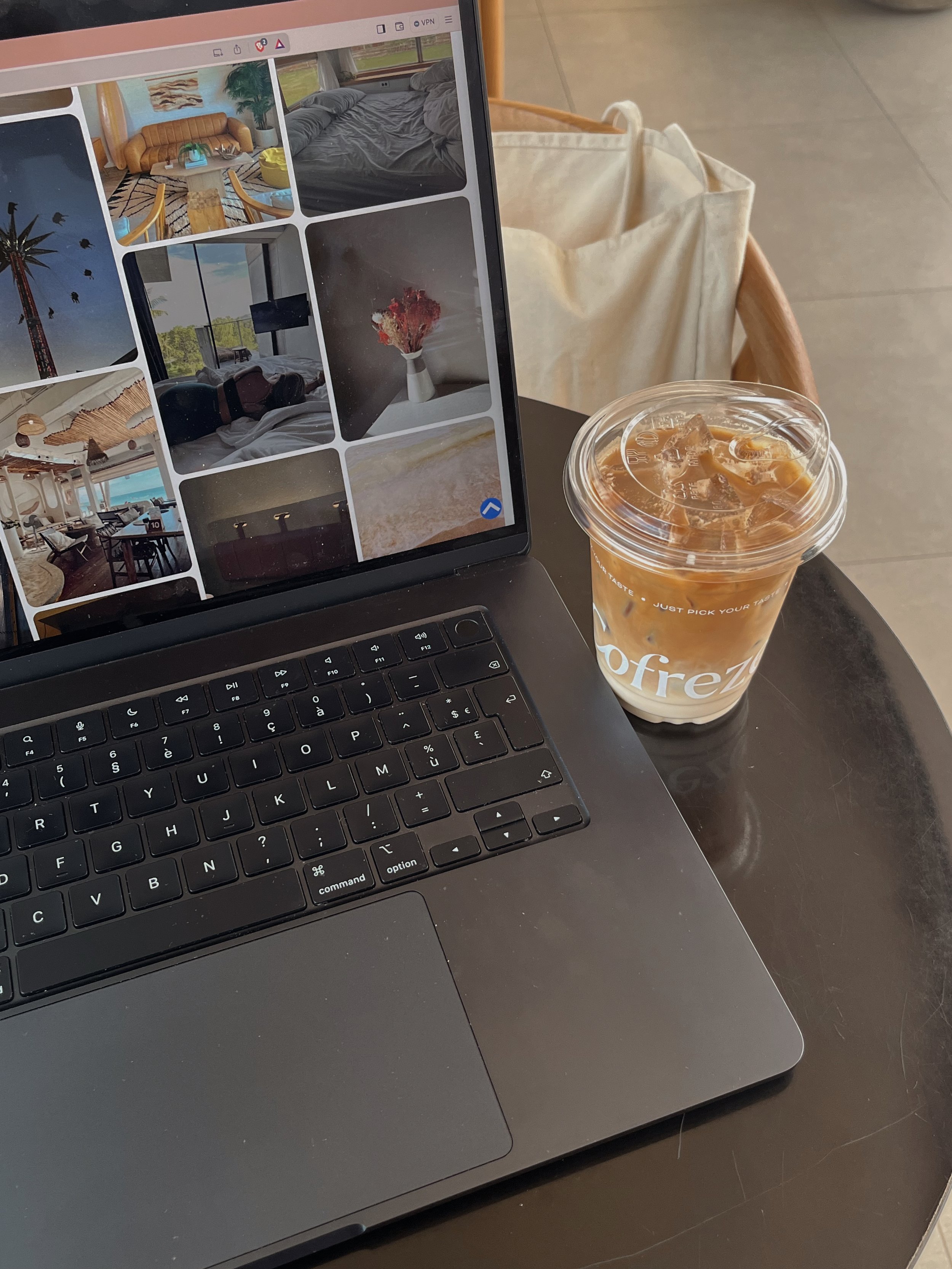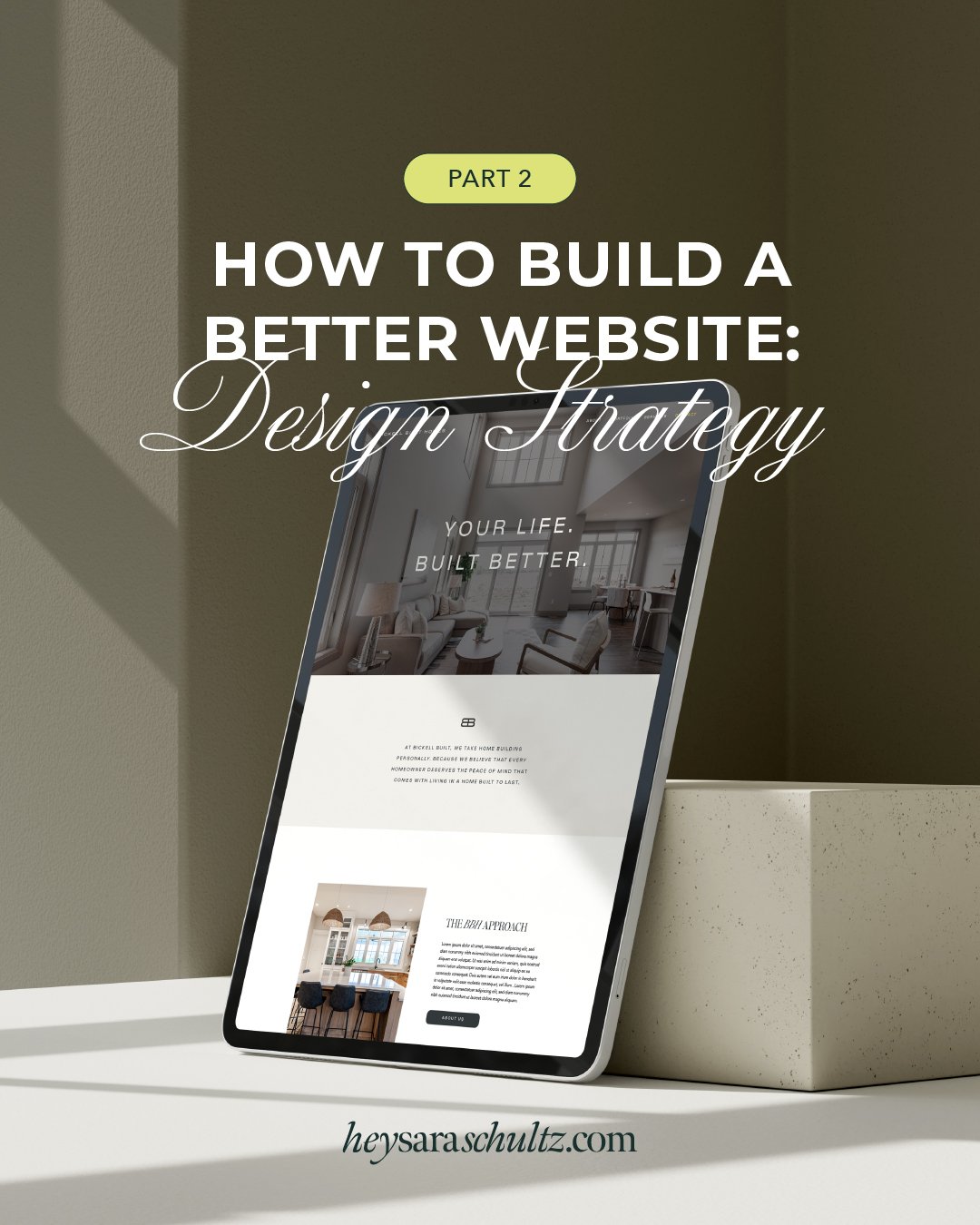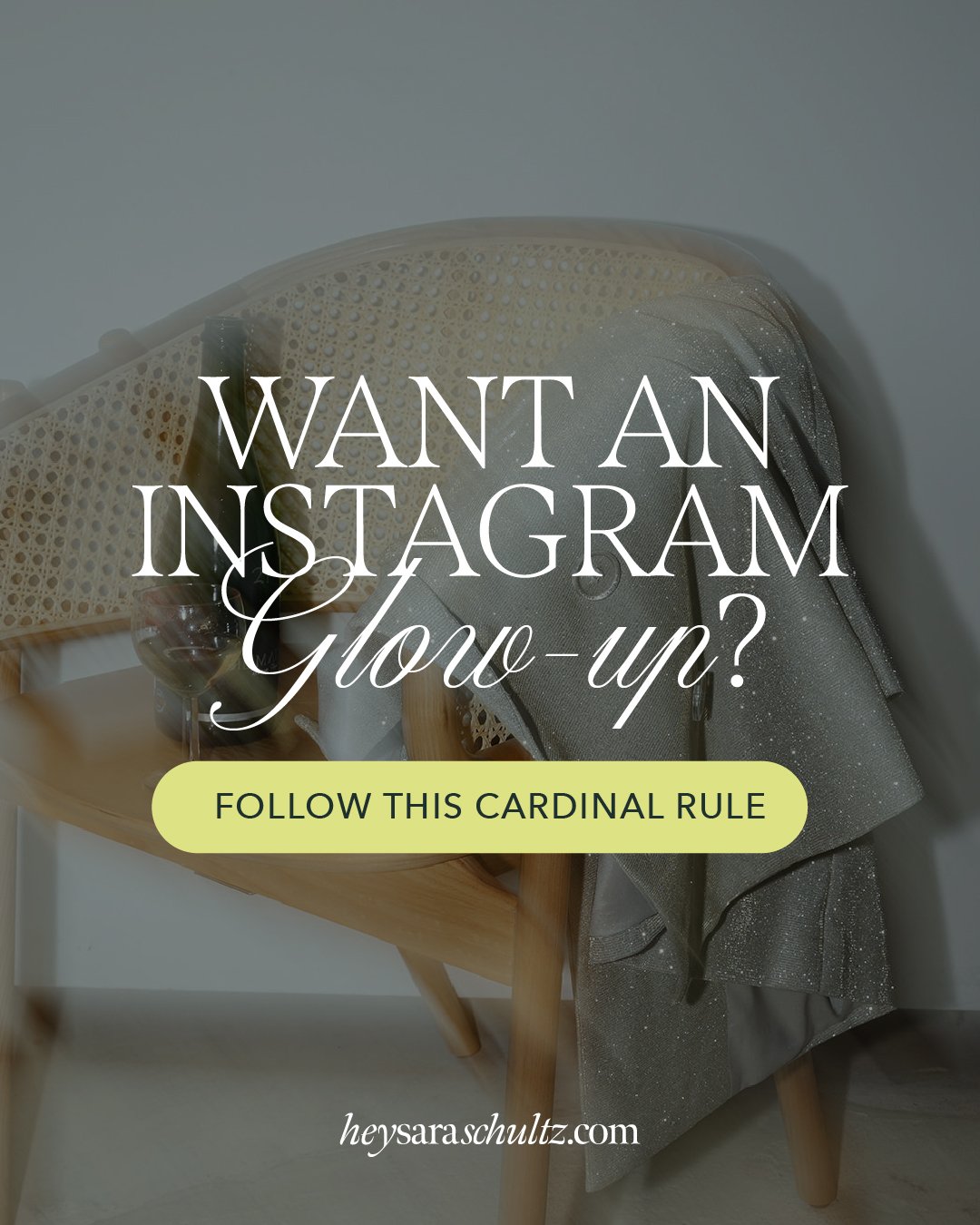Guest Blog: Yes, You Can Be Flexible and Maintain Boundaries (in three ways)
Covid was the great equalizer when it came to boundaries because life suddenly demanded flexibility. The pandemic brought me painful lessons about my boundaries around time. For example, I used to firmly believe that if something is important, you make time for it. I had a rule that if someone canceled on me three times, I would not continue to chase down a meeting with them. This felt like a reasonable amount of ‘flexibility’ until the pandemic hit and changed the way I see my boundaries. I was completely inflexible. If I didn’t learn how to bend, I was going to break.
Build flexibility into your business and life. The challenge with boundaries is pairing them with the right amount of flexibility. A good boundary will give you what you want and need and protect you at the same time… but what happens when your business circumstances change or you’re confronted with a global pandemic? Without boundaries that flex with your goals AND your circumstances, you’ll quickly find that they just don’t work. My best advice for this? Create a boundaries system so you’re constantly evaluating their effectiveness.
Systematize your boundaries to build resiliency
I’ve found my boundaries to be the most successful when I have a system that helps me with implementation and assessment. Here’s how the system works:
1. Focus on what you need: If you want to build boundaries that bend instead of break, start with focusing on what you need at this specific stage of your life and business. I take inventory of three categories in order to decide where I need to set a boundary: Physical, Emotional, and Creative. If I’m feeling physically drained, I might take a day off, emotionally drained I might set a boundary or two with certain clients, and creatively, I might take a break and listen to something motivating or inspiring. Work backward from your needs to set a better boundary that gives you the exact type of recharge time that is impactful to your situation.
2. Make your boundary goal simple and measurable. Choose a specific amount of time you’re committing to this boundary and stick to it just like you would a pitch deck or sales calls. Your boundaries deserve the same level of aggression and persistence you bring to the rest of your business.
3. This is the step so many people miss: make sure you communicate your boundary when necessary. Set an auto-responder if you’re taking a day out of the office, and let people know you need space. Think about this as clearing the time and space you need to take action.
4. Remind yourself WHY boundaries are so important. Without you, your business doesn’t run. This doesn’t mean you should be working all the time; it means you need to take care of yourself so your work is more sustainable. It’s a myth that when you run your own business you have no life. Your business should be allowing you the freedom to create the life you want.
5. Find accountability. Boundaries and flexibility don’t come easily. Find support in what you want to create and you’ll have extra motivation to stay the course. This can be a business group, a therapist, your partner – whoever will hold you to the standards you are setting for yourself and will call you on it when you start to slip.
Boundaries are like seasons
Remember my hard and fast boundary about canceling? That no longer works for me. The boundaries you had last year may not work in this new season, so make sure you’re evaluating your boundaries often. Creating more flexible boundaries has given my business and life more resiliency over the past 5 years and this fluidity has made life so much more enjoyable. Remember: if you don’t learn to bend (at least some of the time), you’ll break.









